Functional disorders of the sphincter apparatus of the biliary tract
The sphincter of Oddi is a circular muscular valve that regulates the flow of bile and pancreatic juice into the duodenum. By controlling the flow of these fluids, it plays an important role in the digestive process. When the bile ducts become obstructed, its dysfunction develops.

specialists

equipment

treatment

Signs
Symptoms and manifestations depend on the degree of sphincter of Oddi dysfunction. Most commonly, noticeable pain in the upper abdomen is observed. It is localized in the right upper quadrant and intensifies after meals, especially fatty or spicy foods.
If the pathology leads to impaired bile secretion, jaundice develops. This causes the skin and whites of the eyes to acquire a characteristic yellowish tint, urine to become darker, and stool to become lighter.
Sphincter of Oddi dysfunction also causes nausea and vomiting, especially after meals. Bowel disturbances, such as diarrhea or constipation, are also possible.
Some patients may experience more rare symptoms: increased gas, belching, bloating, loss of appetite, and unexplained weight loss.
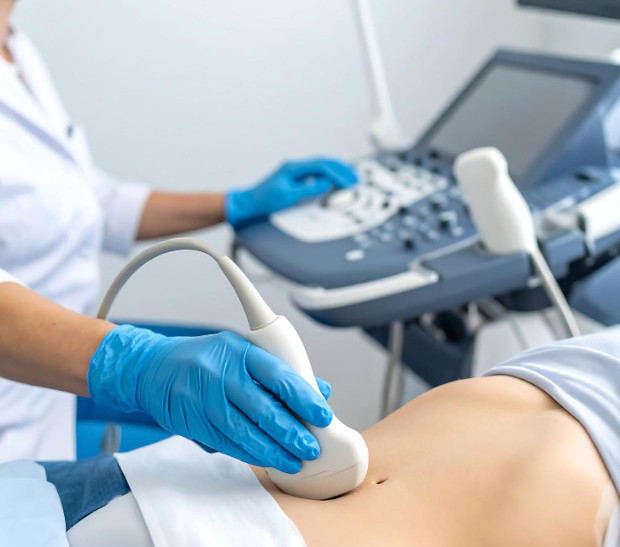
Diagnostic Features
The doctor begins the diagnosis by analyzing the patient's complaints and medical history. The nature of the pain, its relationship with food intake, and the presence of additional symptoms are crucial.
After this, the specialist refers the patient for laboratory tests. The patient will undergo a complete blood count, biochemical blood tests, and liver function tests. Urine and stool samples are also analyzed. This helps identify possible liver and biliary tract dysfunction, as well as determine the level of inflammatory activity in the body.
To confirm the diagnosis and determine the degree of sphincter dysfunction, instrumental examination methods are used:
- Ultrasound.
- MRI.
- ERCP (endoscopic retrograde cholangiography).
- Sphincter of Oddi manometry.
These methods also allow visualization of the sphincter structure and bile ducts, assessment of their function, and identification of possible causes of the disorder.
Treatment Features
The goal of treating sphincter of Oddi dysfunction is to eliminate the underlying cause and alleviate symptoms. Depending on the cause and severity of the disorder, the doctor may prescribe dietary therapy, medication, or surgery.
Diet therapy
Patients are advised to follow a diet that excludes spicy, fatty, fried foods, and alcohol. The diet should consist primarily of easily digestible proteins, complex carbohydrates, lean meats and fish, vegetables, and fruits.
Drug therapy
Treatment is performed on an outpatient basis. However, if the patient experiences severe pain, they are urgently hospitalized in the gastroenterology department.
The main goals of drug therapy are to relieve spasms, reduce pain, and normalize the flow of bile and pancreatic juice.
To relieve sphincter of Oddi spasm, the doctor prescribes the following:
- Nitrates
- Anticholinergic drugs (e.g., Methocinium iodide)
- Calcium channel blockers (Nifedipine)
These medications often cause side effects, particularly those affecting the cardiovascular system. Therefore, they are used in small doses and in combination with other medications.
Anspasmodics (papaverine, drotaverine) may also be used. To relieve spasms, stimulate bile flow, and reduce bile deficiency, the patient is prescribed Hymecromone.
Physiotherapy
Physiotherapy techniques significantly improve the condition of sphincter of Oddi spasm. In particular, they reduce the symptoms of the disease and pain.
The most effective method is magnetic therapy. The use of a magnetic field stimulates tissue and improves blood circulation. This helps reduce inflammation and swelling.
Other useful physiotherapy techniques include:
- Ultrasound therapy
- Electrotherapy
- Laser therapy
The choice of a specific physiotherapy method and its use should be carried out under strict medical supervision after a detailed examination of the patient. A comprehensive approach combining drug therapy and physiotherapy procedures often demonstrates the greatest effectiveness in treating sphincter of Oddi dysfunction.
Surgical treatment
If conservative therapy is ineffective or certain complications arise, surgical intervention is considered. To relieve symptoms, the patient may undergo endoscopic spincterotomy (dilation or cutting of the sphincter of Oddi) or stent insertion. These are serious interventions that carry risks. Therefore, they are used only when strictly indicated.
Sphincteroplasty, which involves the placement of a special implant, is most often prescribed for the treatment of dysfunction. This helps improve the mechanical properties of the sphincter and reduce the risk of recurrence. For partial or complete sphincter dysfunction, fenestration surgery is performed. This creates an opening in the organ, improving patency.
Before surgery, a number of specialized examinations are performed, including rectoscopy and ultrasound. This allows the doctor to accurately establish a diagnosis and choose the optimal treatment strategy.
After this, the patient undergoes preoperative preparation. This includes testing, a physician examination, and the discontinuation or adjustment of certain medications.
Treatment result
The outcome is largely determined by the treatment method and the patient's individual characteristics. In most cases, a course of therapy results in a positive change in the patient's quality of life. Pain intensity decreases, digestion stabilizes, and overall health improves.

This award is given to clinics with the highest ratings according to user ratings, a large number of requests from this site, and in the absence of critical violations.

This award is given to clinics with the highest ratings according to user ratings. It means that the place is known, loved, and definitely worth visiting.

The ProDoctors portal collected 500 thousand reviews, compiled a rating of doctors based on them and awarded the best. We are proud that our doctors are among those awarded.
Make an appointment at a convenient time on the nearest date
Price
Other services





























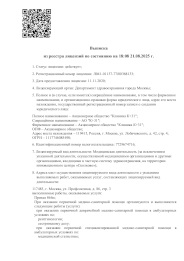
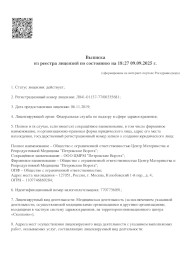
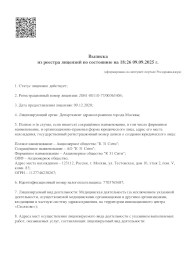
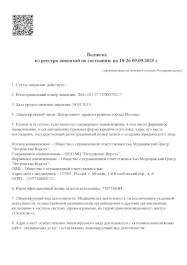
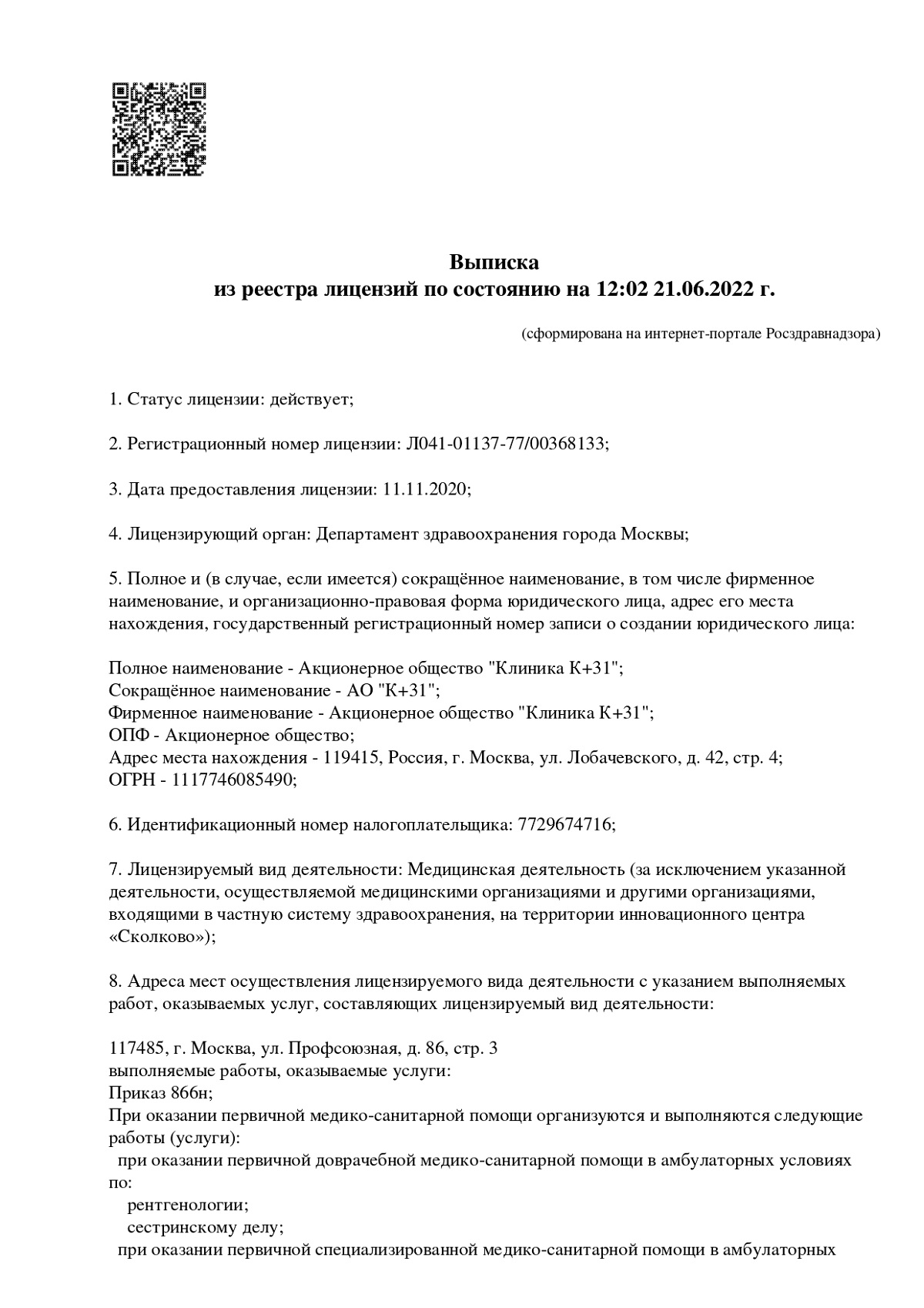
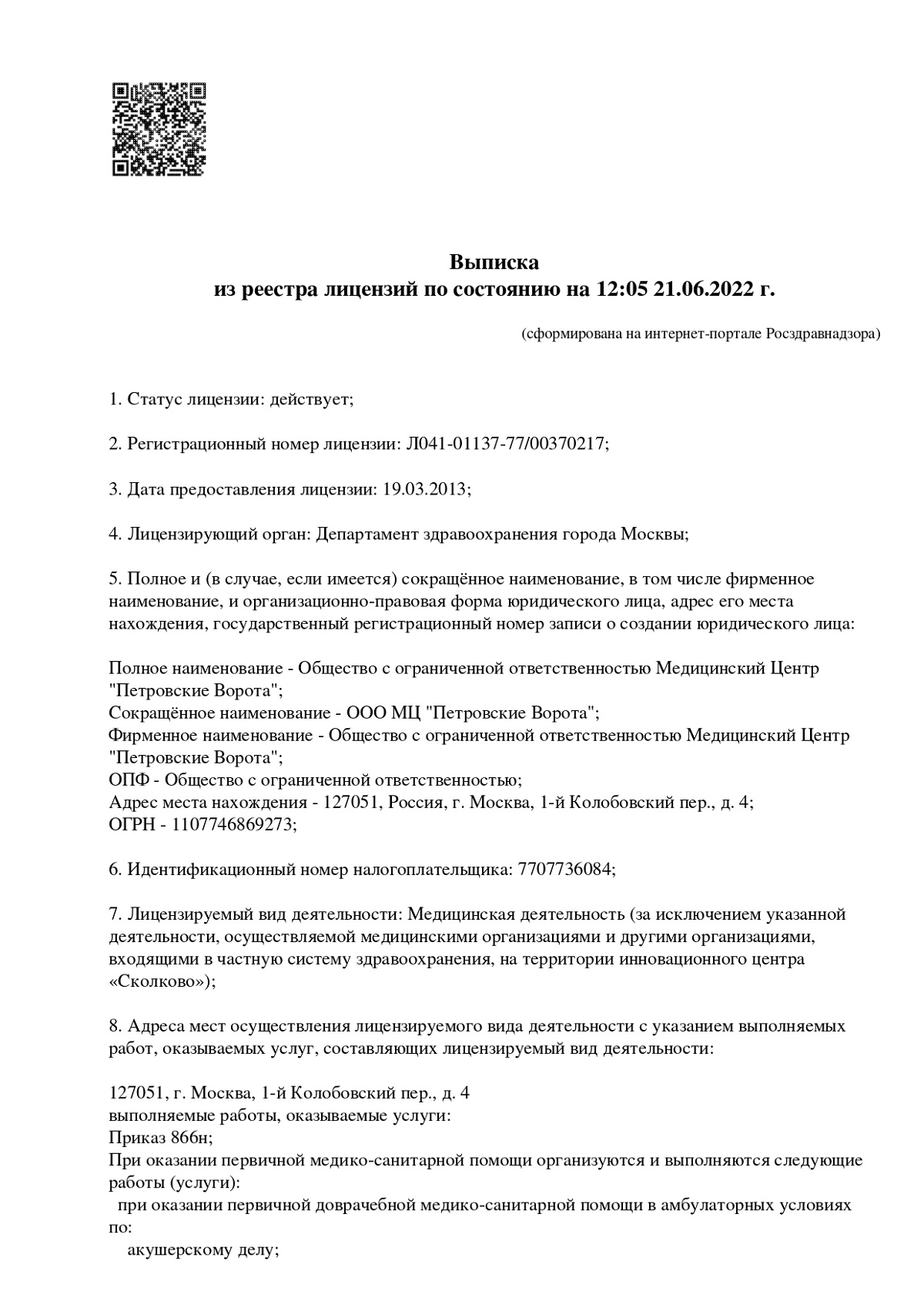
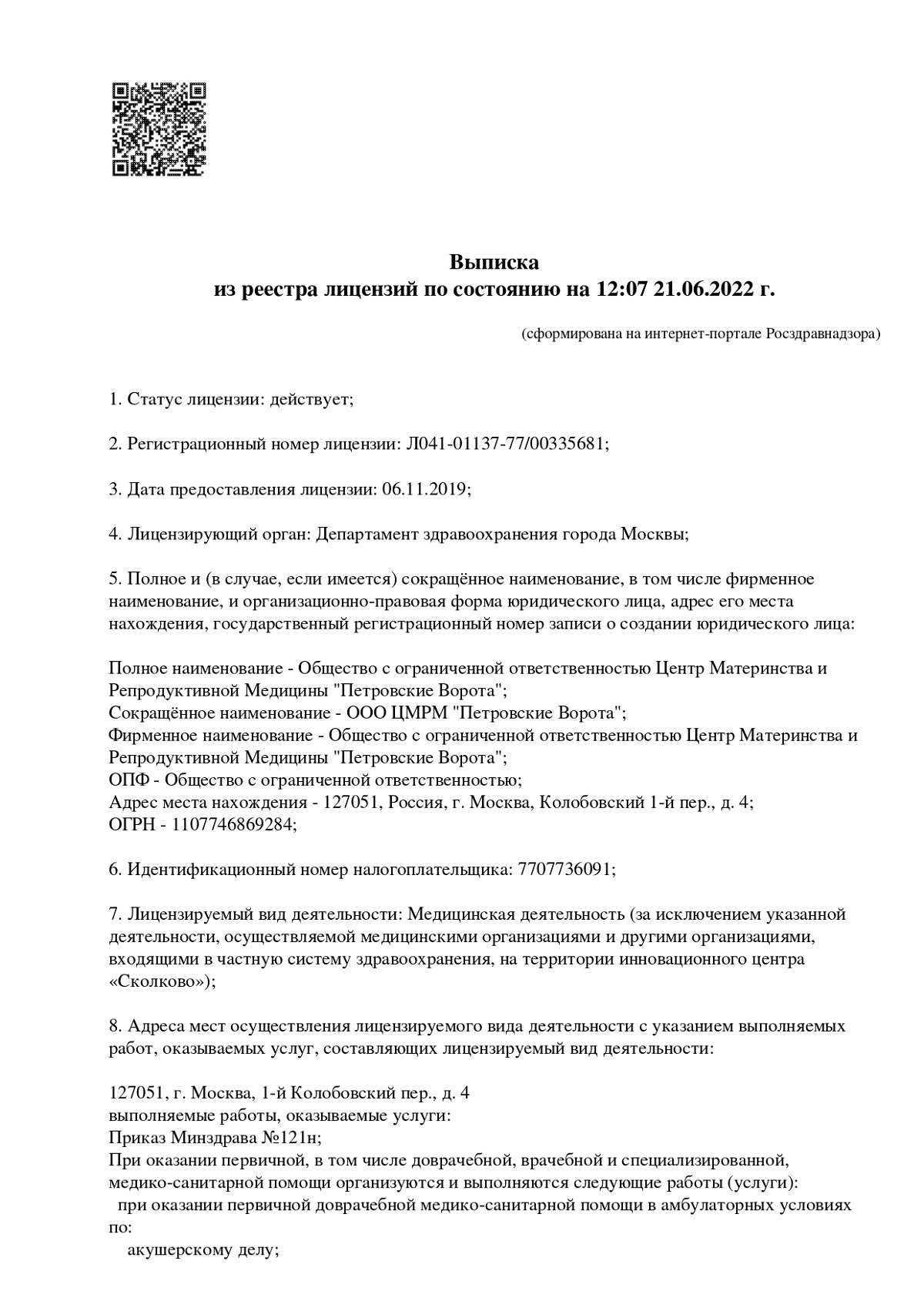
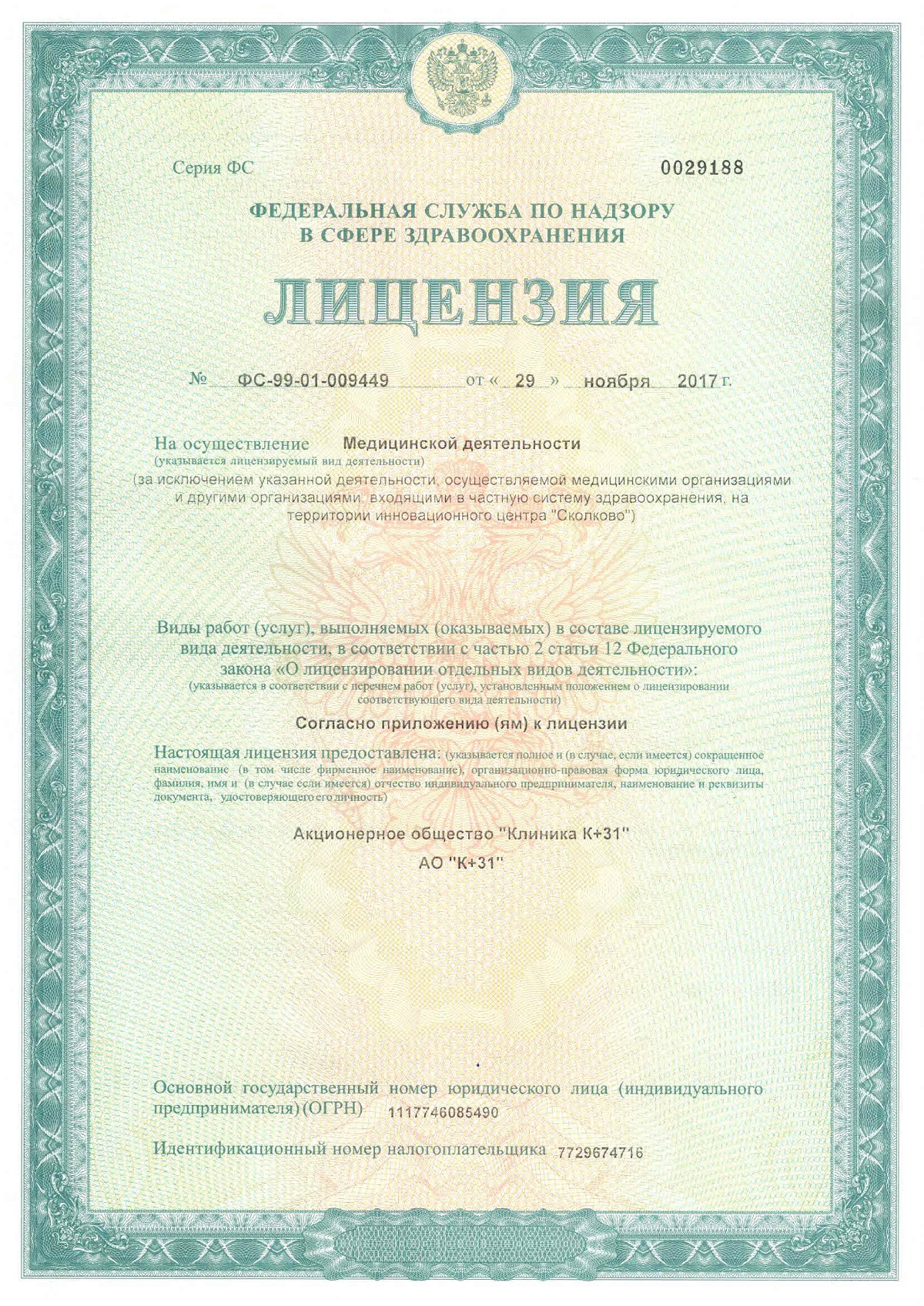
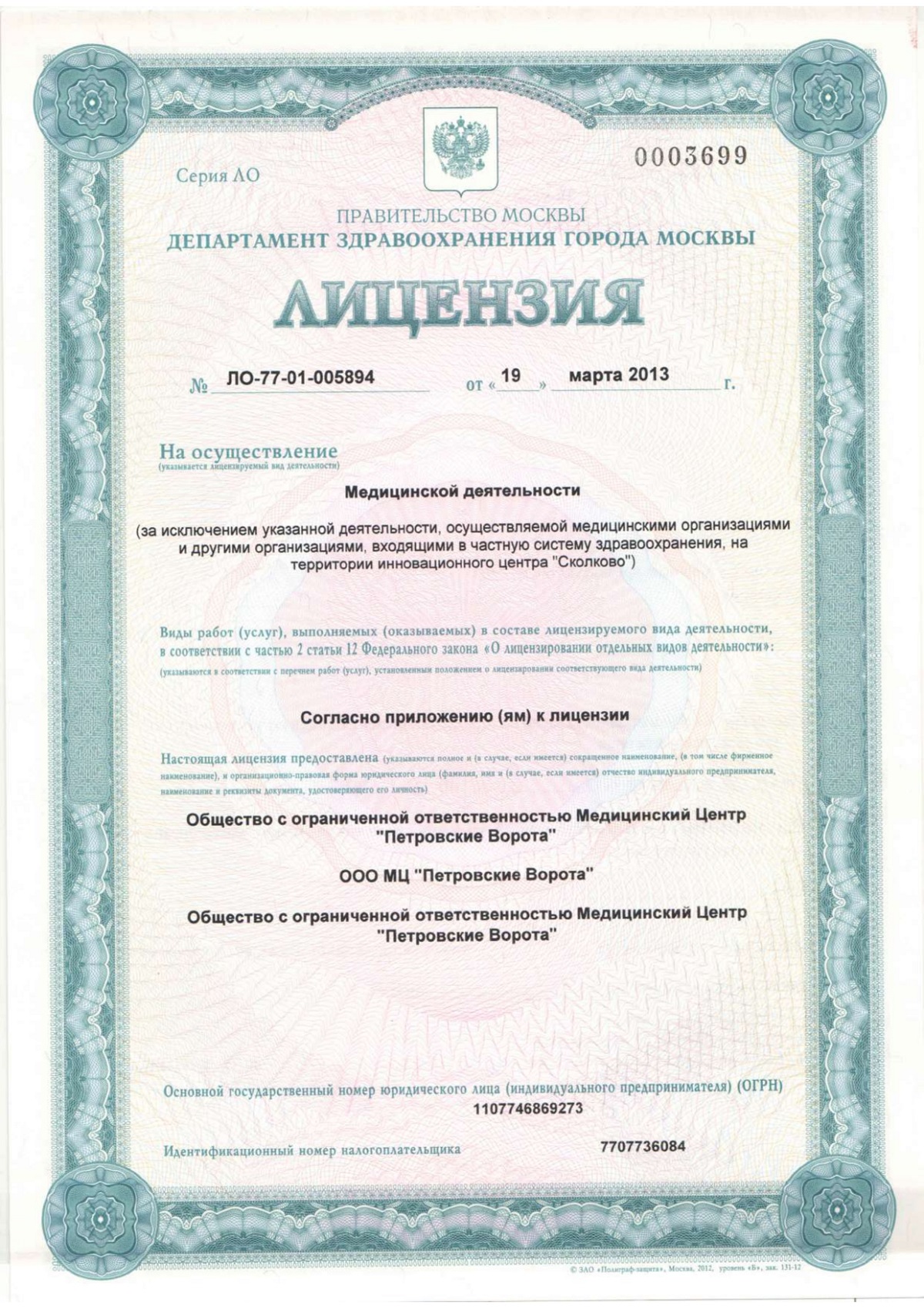
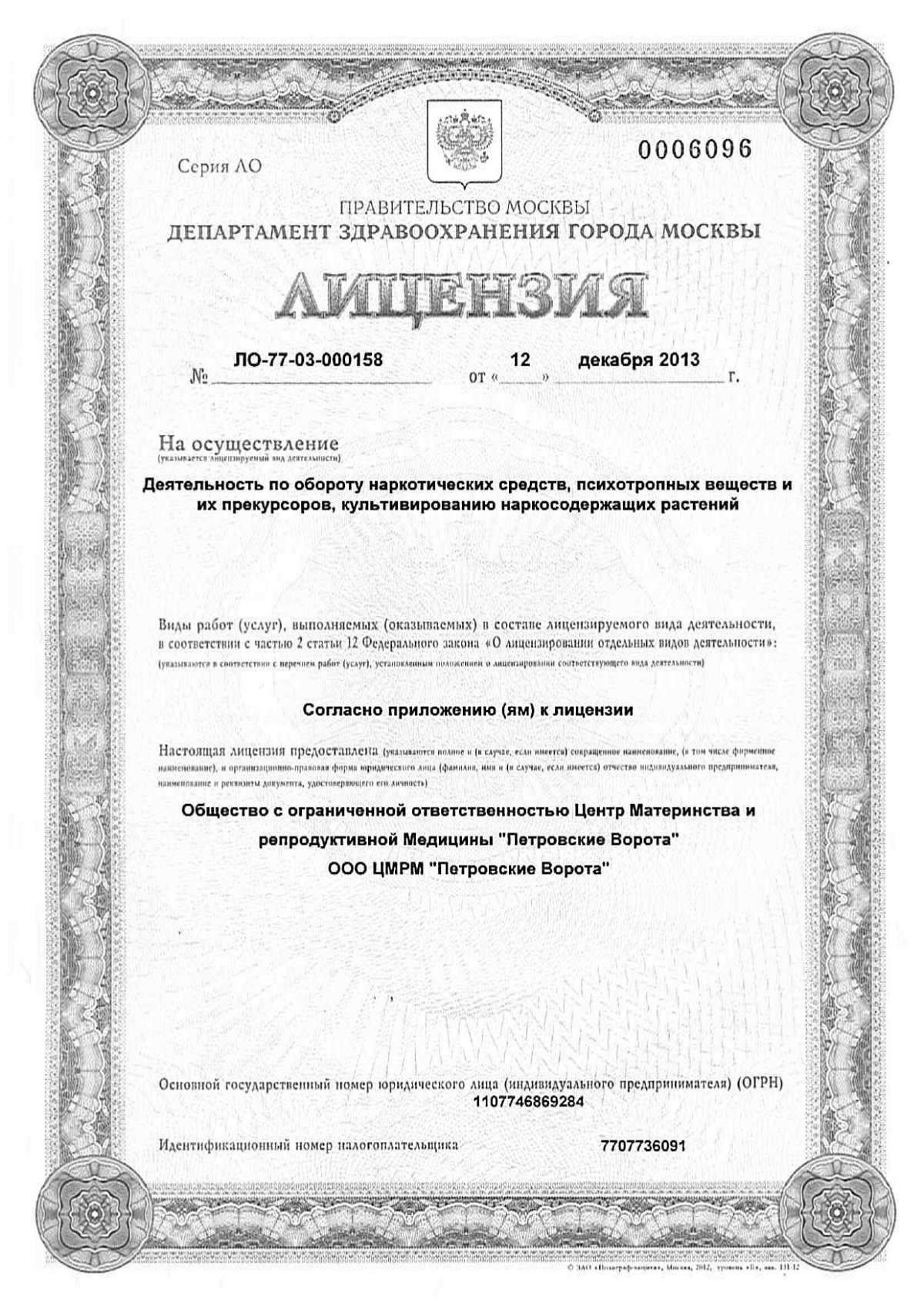
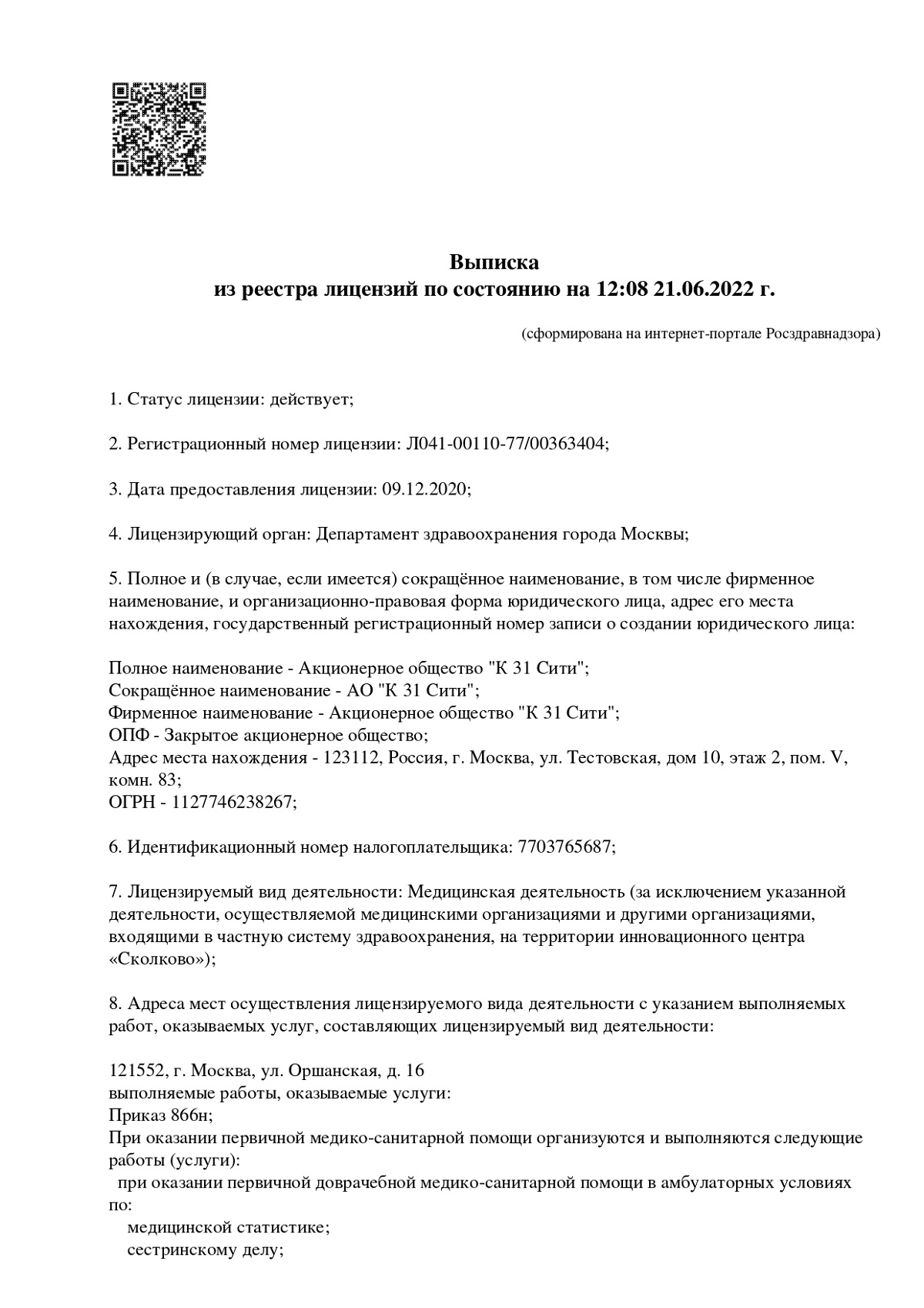
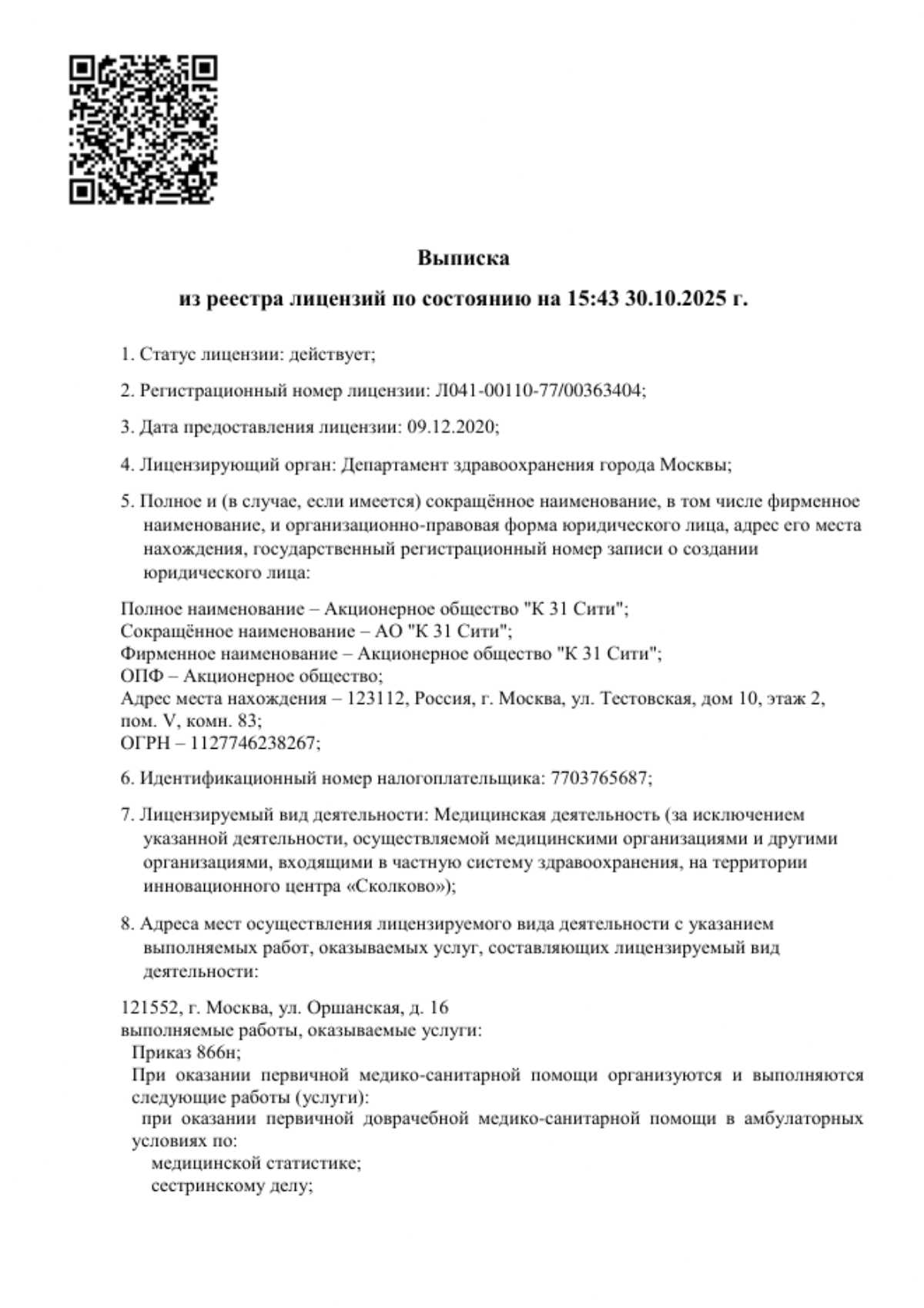
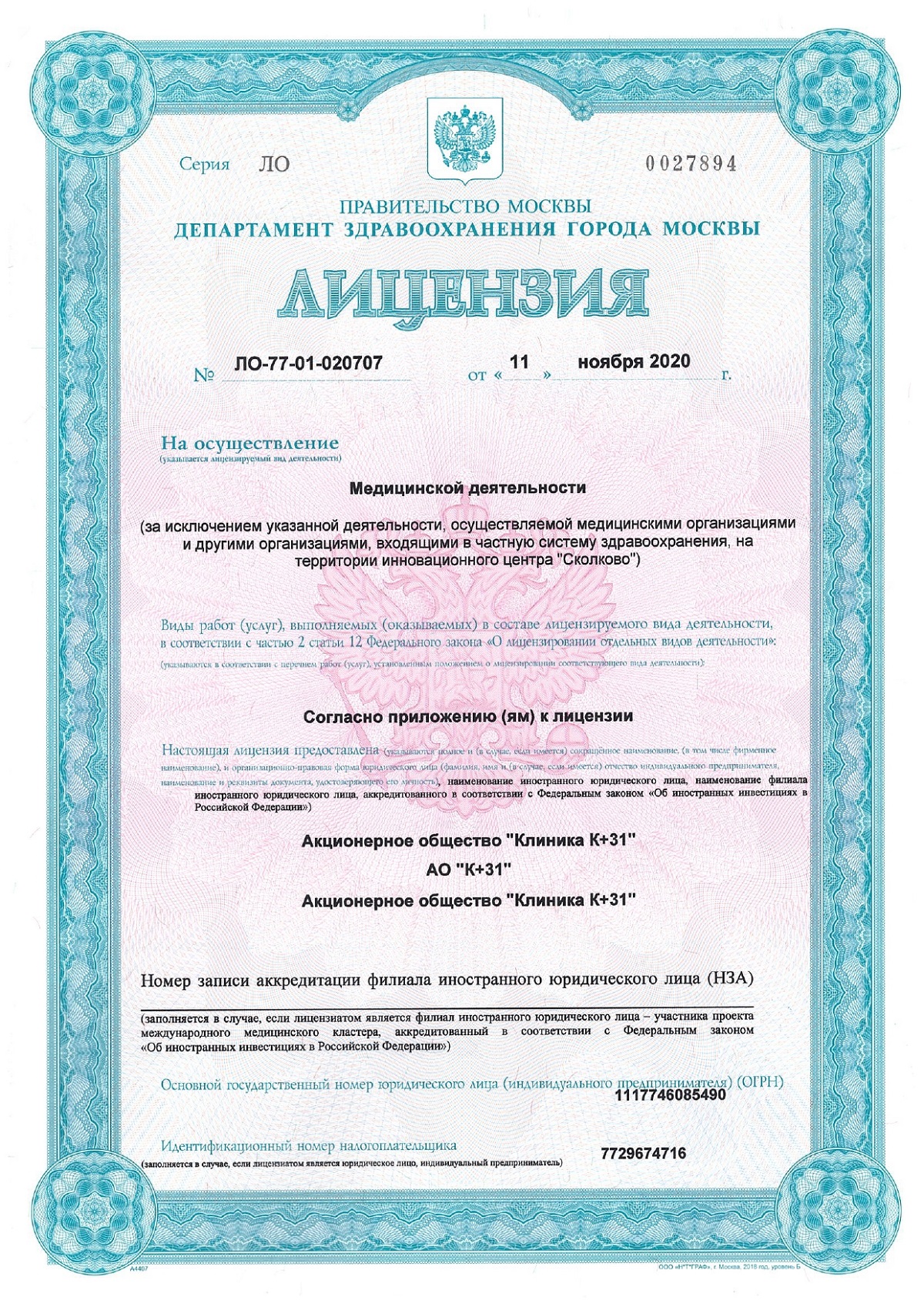
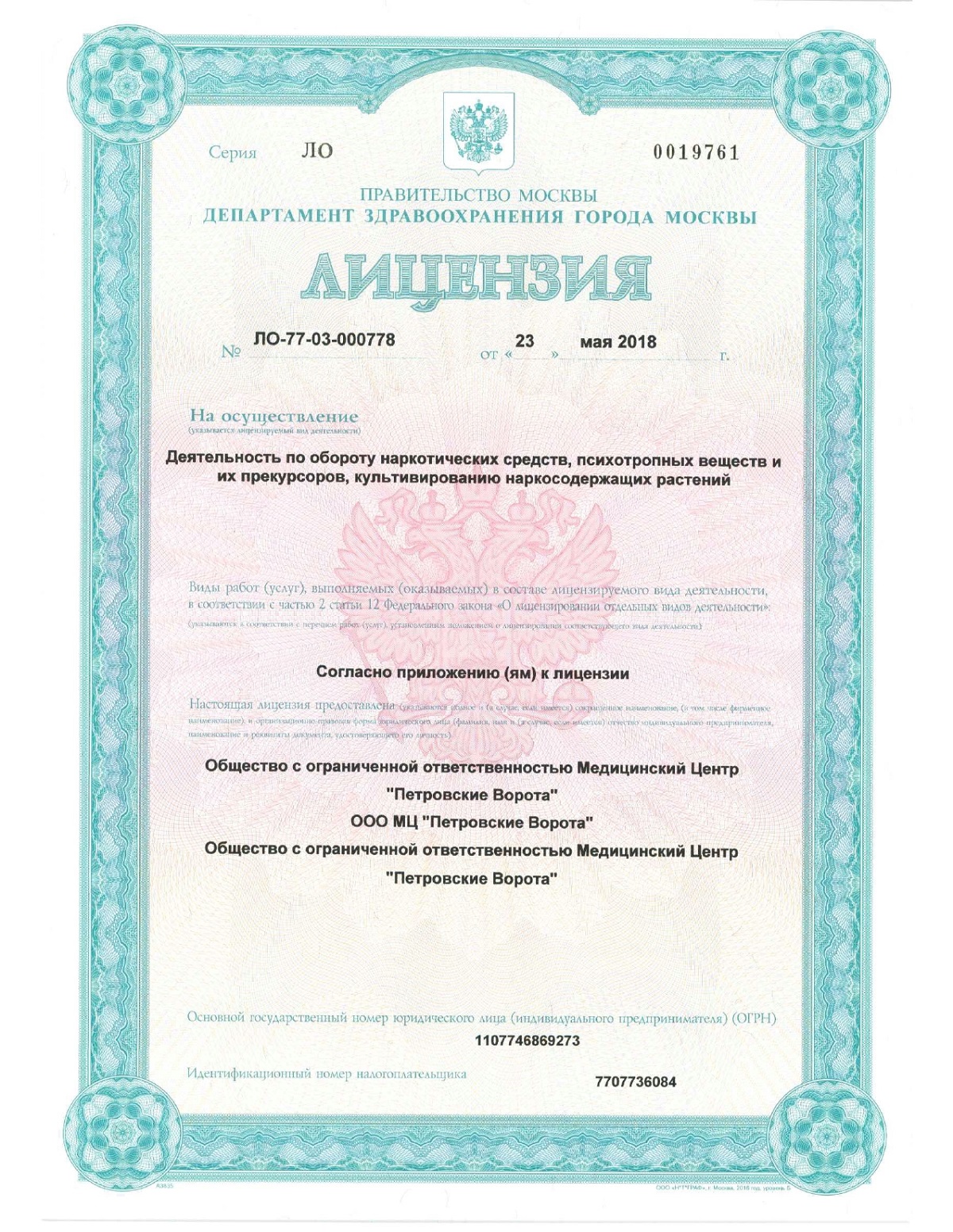
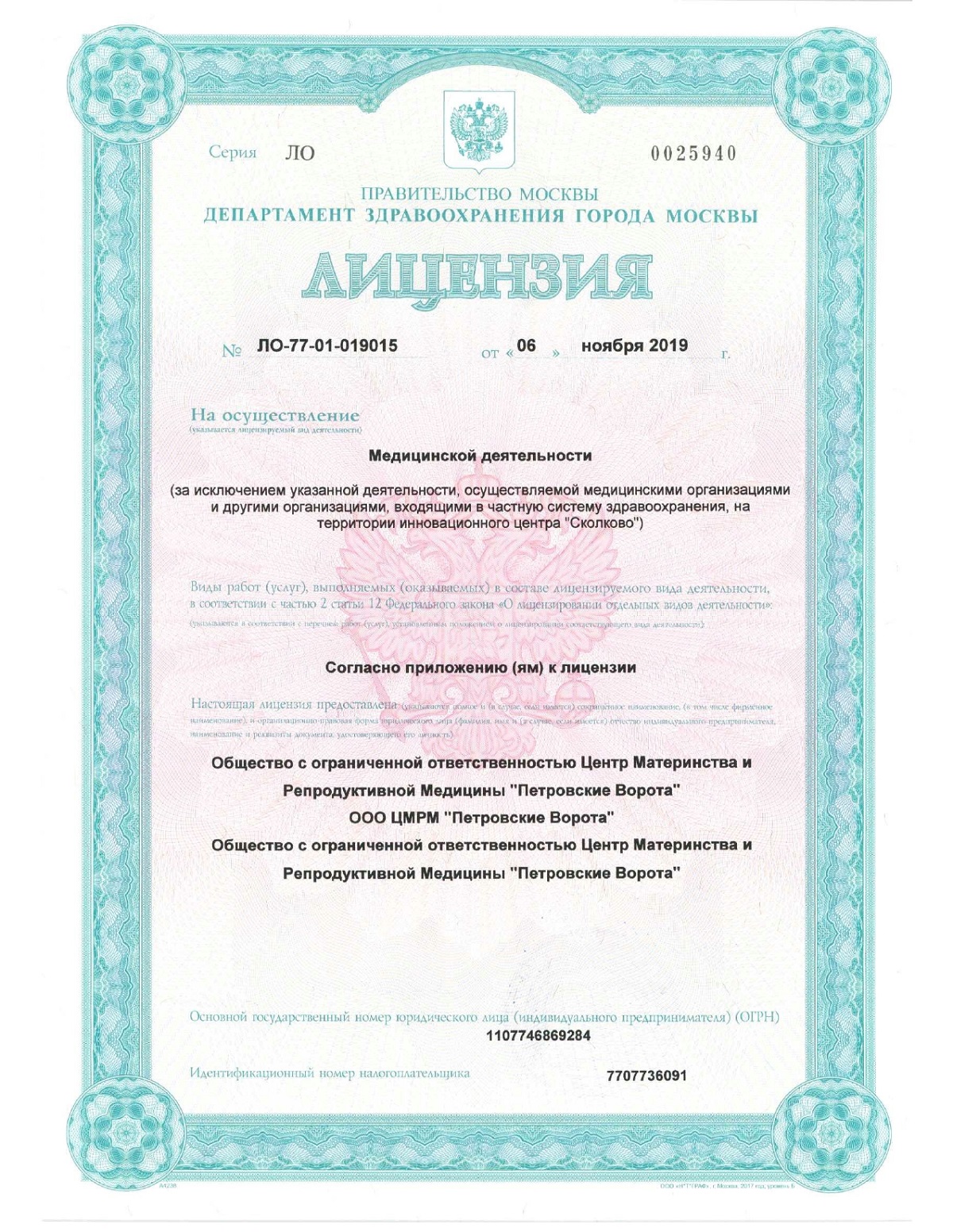
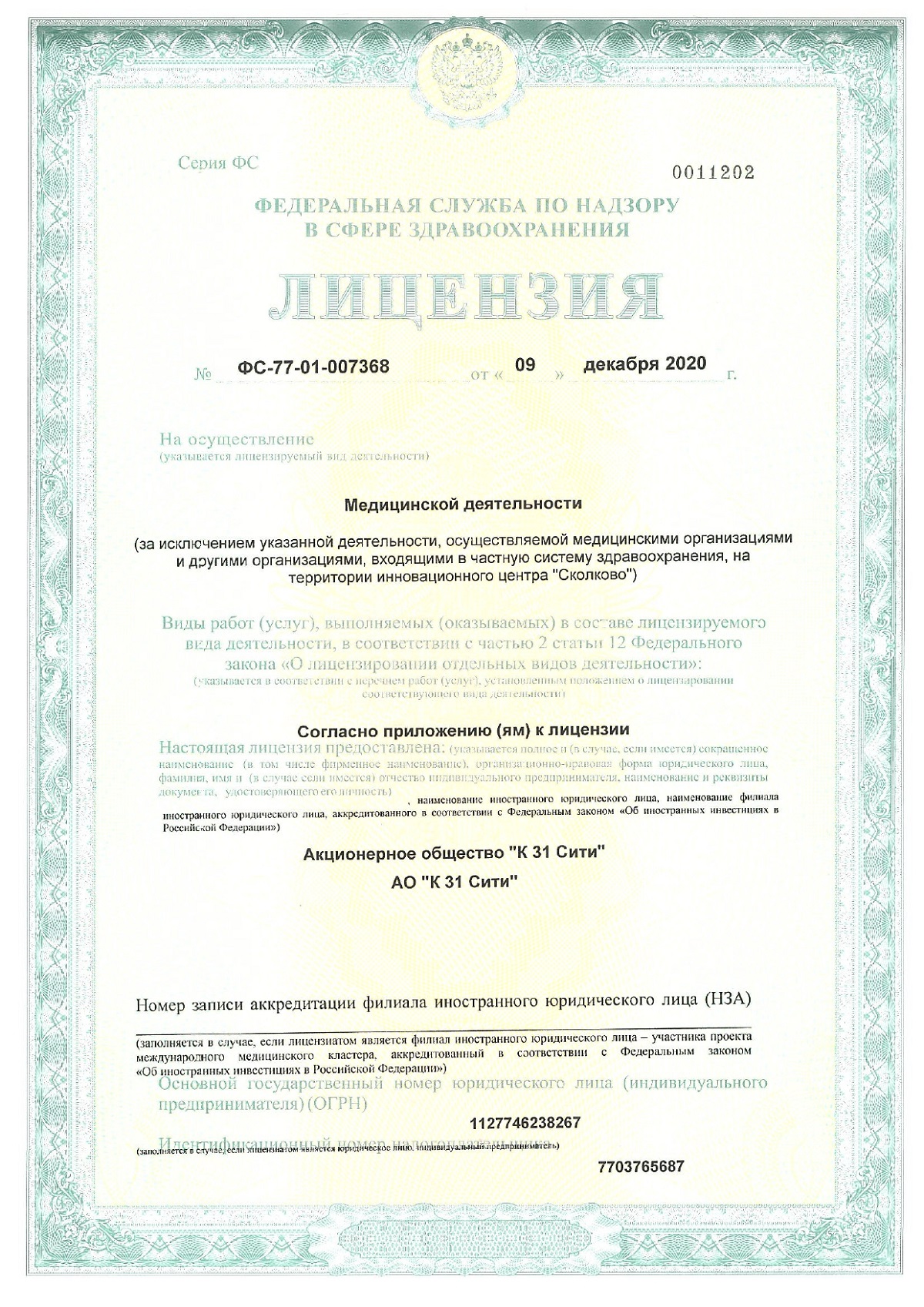



Location and main functions
Where is the sphincter of Oddi located? It is located in the upper part of the duodenum, immediately after the stomach. This organ not only regulates the flow of bile and pancreatic juice into the duodenum but also prevents the risk of regurgitation of its contents.
Causes of Dysfunction
One of the main causes of sphincter of Oddi dysfunction is congenital anomalies in its structure—congenital nodules or narrowings that impede the normal flow of bile and pancreatic juice. Certain chronic diseases, such as chronic pancreatitis or cholecystitis, can also cause sphincter dysfunction. Liver pathologies such as cirrhosis can also affect its function.
In 75% of cases, dysfunction is caused by trauma and surgical interventions on the bile ducts or pancreatic ducts. This can happen either immediately after surgery or some time later.